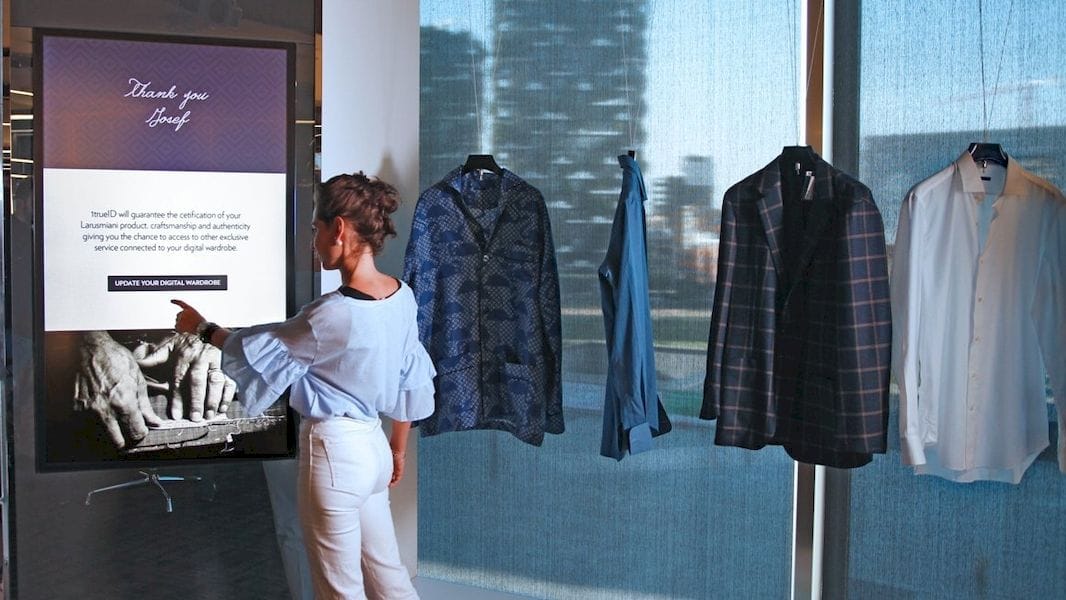
There seems to be something interesting happening in the world of 3D body scanners.
The concept of a 3D body scanner is a bit different than most Fabbaloo readers may anticipate. While not a literal voxel-by-voxel 3D scan to model, these new ventures are instead focusing on the idea of 3D scanning for clothing measurements.
This doesn’t require the highly detailed 3D scans we’ve been used to seeing, for example, when a 3D printed portrait of someone is done. Instead, these “measurements” are used to fit clothing.
There are multiple approaches being used, but the idea is to avoid the requirement of using fancy (and expensive) hardware to perform the scan. Instead simple optical systems (cameras) are used to capture several views of the subject, and then some kind of software magic occurs to drop off the required measurements.
Sometimes the magic involves matching the basic information obtained with pre-made profiles, or alternatively some type of AI-based generation, again based on experience and previously seen models.
Recently we saw one such company received a significant investment: TechCrunch reports that 3DLOOK obtained USD$1M to further their development. Their system requires only two images of a subject to prepare proper clothing measurements.
Now there’s a couple of things to say here.
First, these devices are focused on the idea of producing clothing, which isn’t exactly 3D printing.
Second, it’s possible that such measurements could be fed into devices that could “print” the clothing. This would involve mapping the measurements to a dynamic 2D / 3D model of an item of clothing and cutting it to fit the subject. The device would then sew the pieces together and spurt out the finished piece.
This is quite a fascinating idea. Imagine standing in front of a device that snaps a couple of images of you. Then it displays several virtual representations of you wearing various fashions. You select one, and hit the “make” button. After a brief few moments of whirring, the custom item emerges from a slot on the machine.
That process may indeed be possible with this approach.
But here’s where I’m going with this: Imagine this process is commonplace. Fashion stores become rows of such machines as opposed to rows of standard-size fashions. You expect to be custom fitted, for everything you buy.
In that world, do you think it might be easier to automatically 3D print objects? Would the fashion users expect to obtain custom fitted objects of other types in addition to their fashions?
I think they would.
The body scanning process described here could eventually lead to a significant rise in the use of custom 3D printers.
Via TechCrunch

